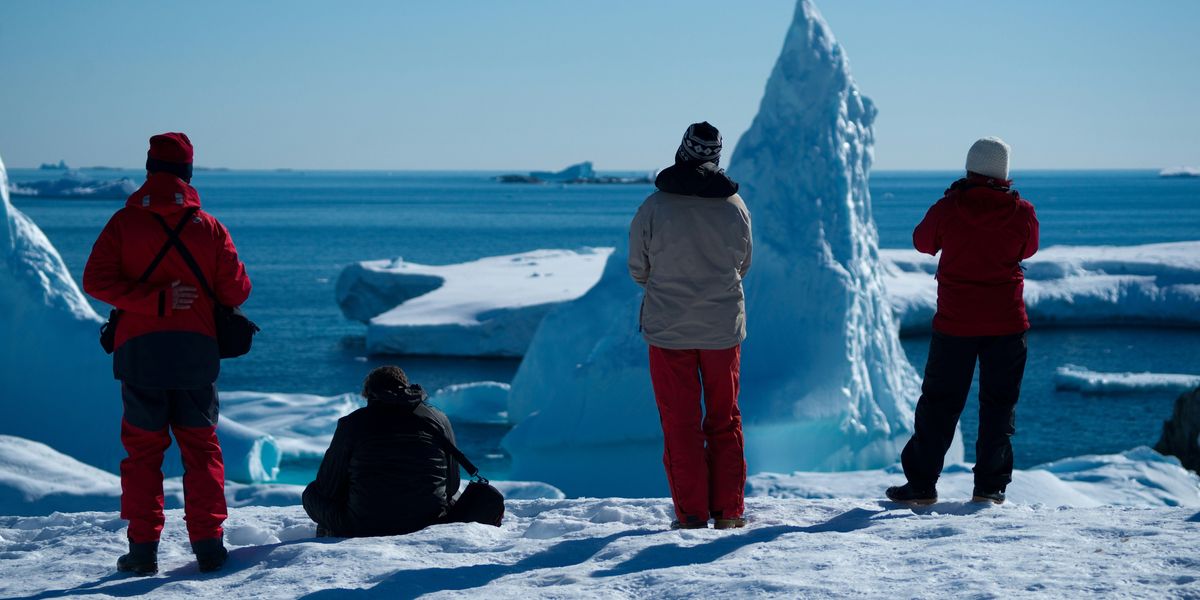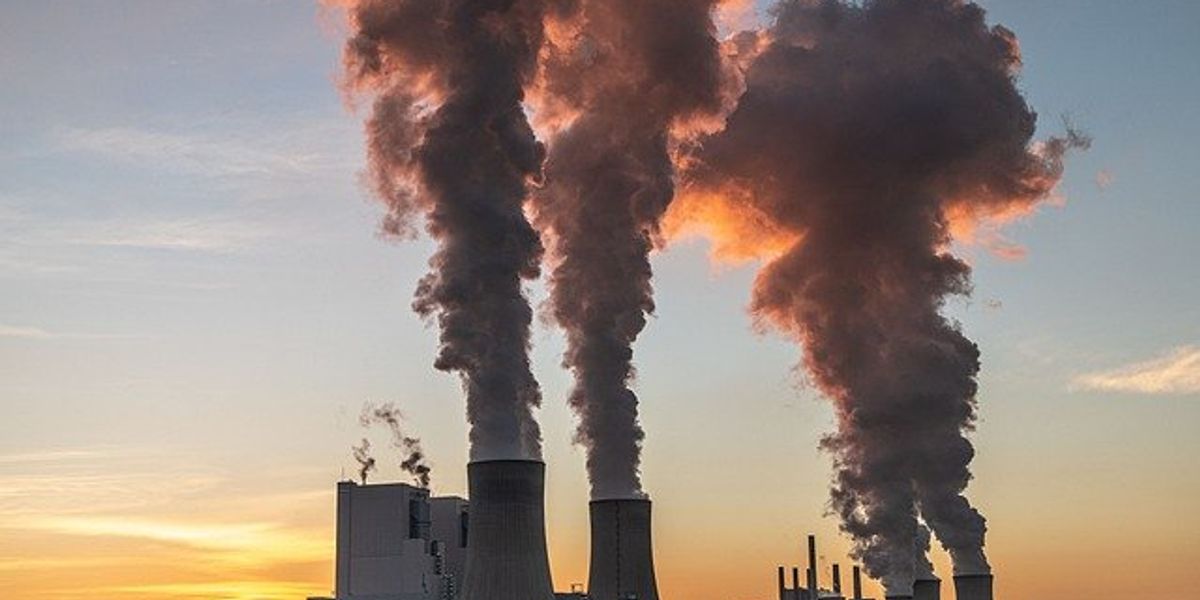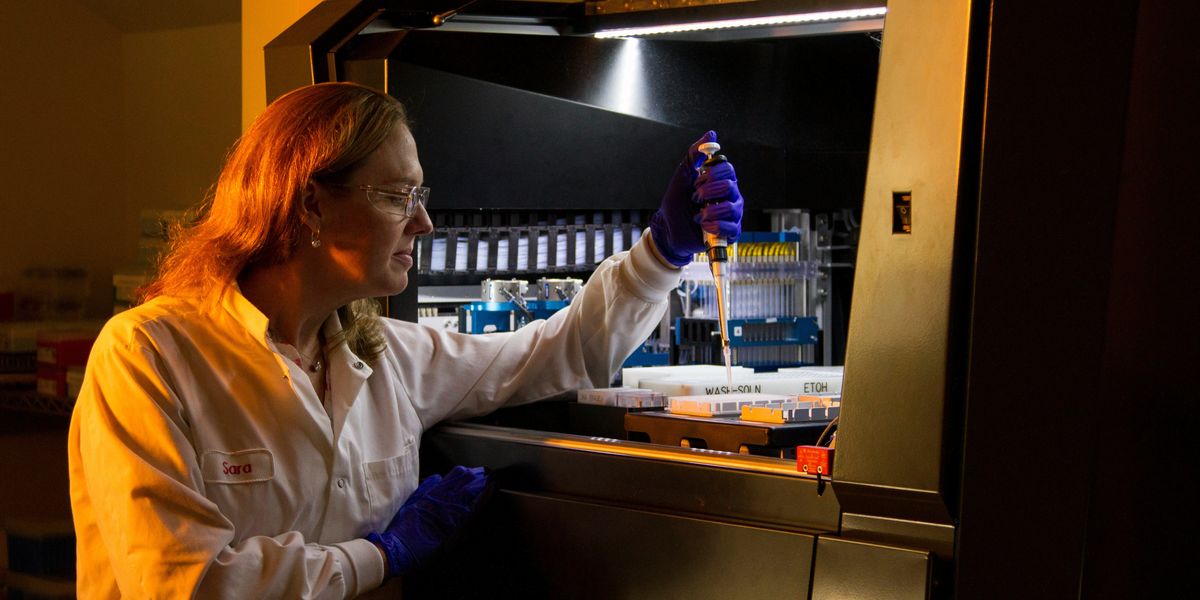
Trump administration moves to dismantle EPA’s science office
The U.S. Environmental Protection Agency is planning to eliminate its Office of Research and Development, slashing over 1,000 science jobs and gutting the agency’s ability to conduct independent research on pollution, toxic chemicals, and climate change.
Lisa Friedman reports for The New York Times.
In short:
- The EPA’s Office of Research and Development provides crucial scientific analysis on air pollution, water contamination, and hazardous chemicals, informing environmental regulations.
- The Trump administration’s plan would cut up to 75% of the office’s workforce, aligning with industry-backed efforts to weaken federal oversight of pollutants.
- Critics, including former EPA officials and lawmakers, warn that dissolving the office would leave environmental policy vulnerable to political influence rather than science-driven decision-making.
Key quote:
“Every decision EPA makes must be in furtherance of protecting human health and the environment, and that just can’t happen if you gut EPA science.”
— Representative Zoe Lofgren of California, House science committee
Why this matters:
The cognitive dissonance is striking: While EPA officials issue statements affirming the agency's commitment to protecting public health and ensuring clean air, water, and soil, the decision to hollow out the Office of Research and Development all but ensures that independent science necessary to do so will be kneecapped. Without the office, regulatory decisions shift from evidence-based safeguards to corporate wish lists, leaving public health up for grabs. It's worth noting that dozens of EPA officials who served in both Republican and Democratic administration have penned a letter to current EPA administrator Lee Zeldin warning that these cuts will make it impossible for the agency to fulfil its mission.
Related:












